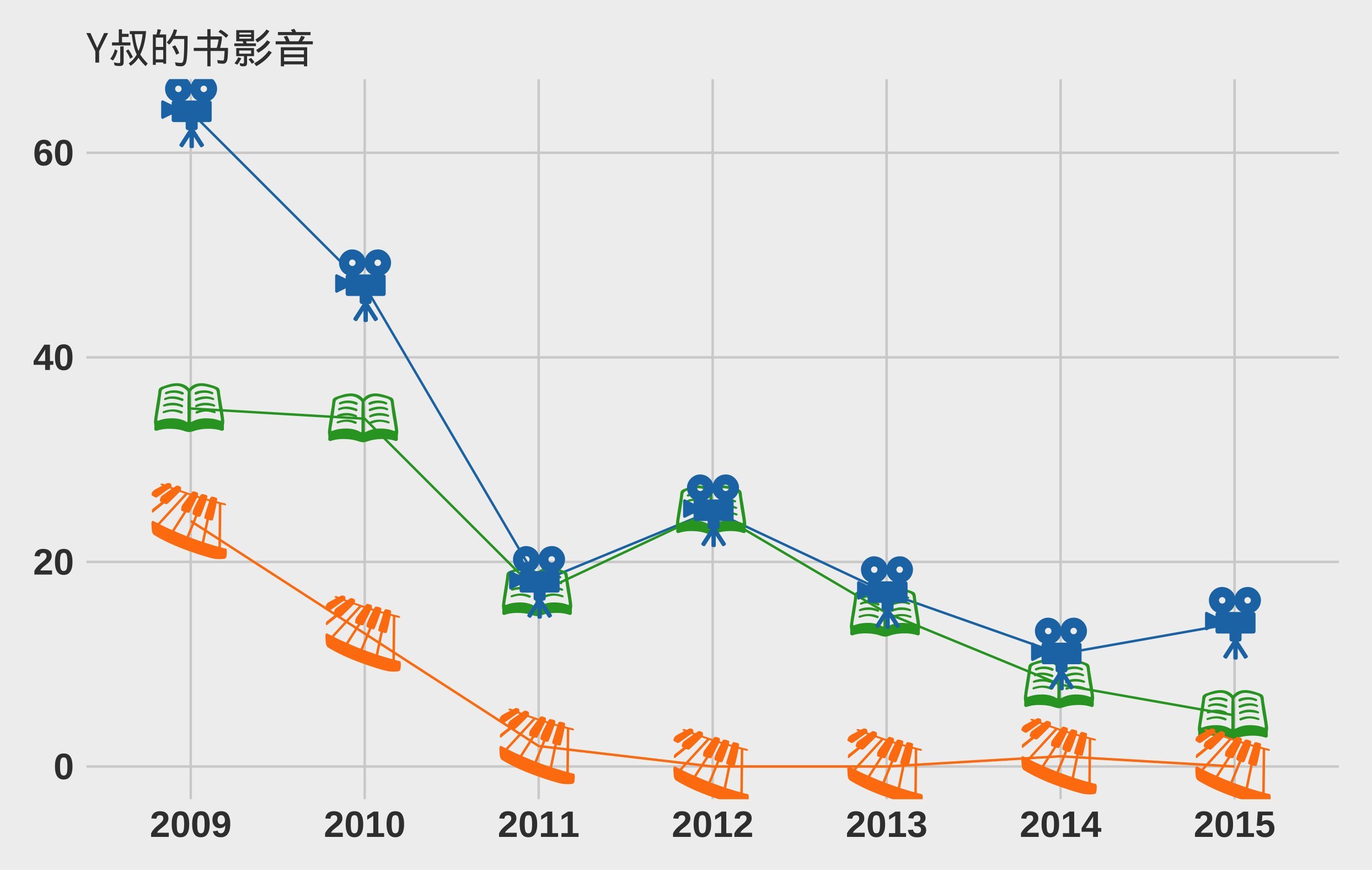ggtree provides many helper functions for manupulating phylogenetic trees and make it easy to explore tree structure visually.
Here, as examples, I used ggtree to draw capital character G and C, which are first letter of my name :-).
To draw a tree in such shape, we need fan layout (circular layout with open angle) and then rotating the tree to let the open space on the correct position. Here are the source codes to produce the G and C shapes of tree. I am thinking about using the G shaped tree as ggtree logo. Have fun with ggtree :-)
